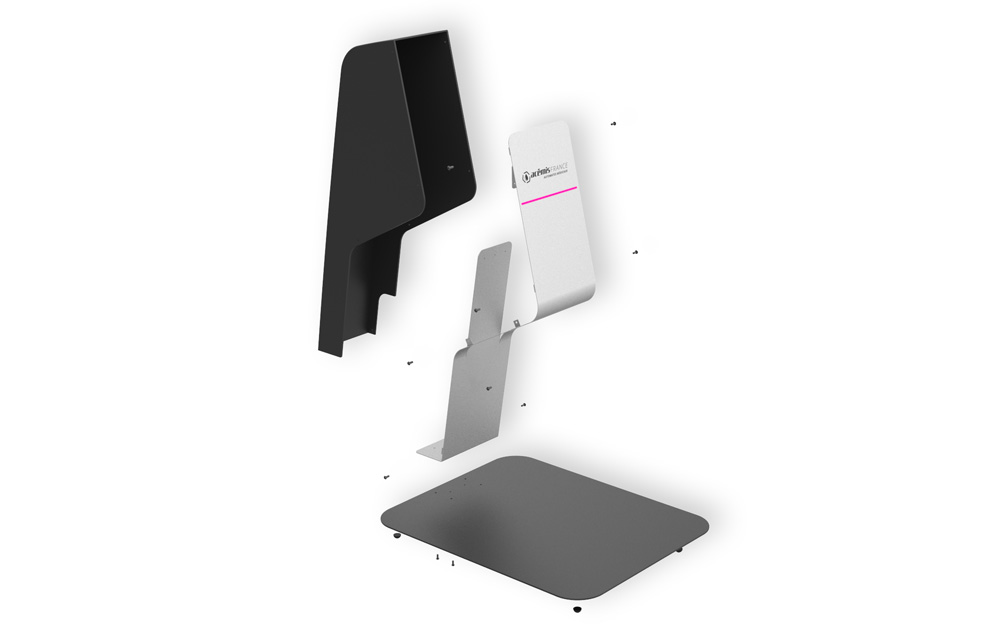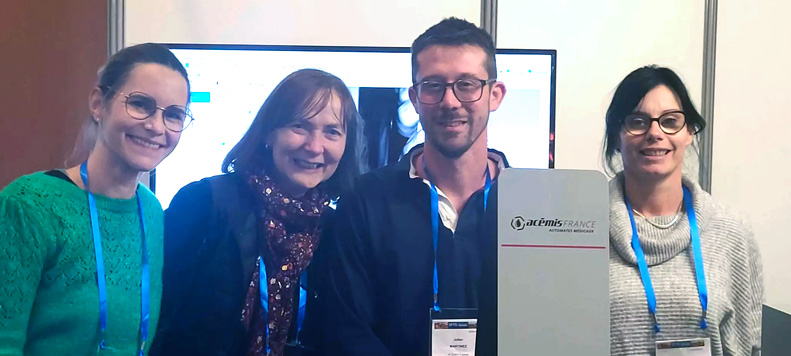In partnership with Blood Transfusion major international actors, we have accompanied them in every aspect of their automation projects by designing and manufacturing automatic component extractors for three generations.
Right from the early stages, we are ready to partner you on your project and help you bring it to successful fruition thanks to our network of local reliable partners in the following areas: mechanics, fine sheet metal, plastics and engineering design.
Today, we support you on your projects concerning the development of blood processing equipments for Labile Blood Products.


